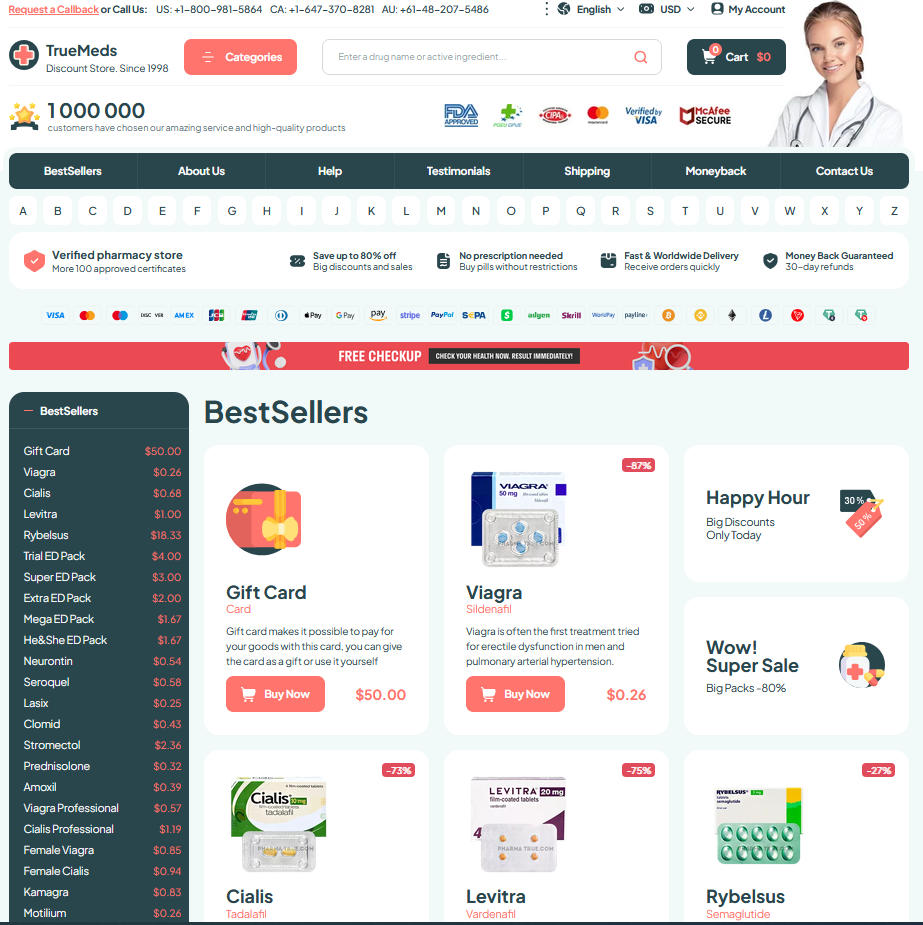 Flagyl and Alcohol: Risks and Recommendations
Flagyl and Alcohol: Risks and Recommendations
How Metronidazole and Alcohol Interact in Body
When you take metronidazole, your body's ability to clear ethanol can be impaired. The drug interferes with enzymes that normally metabolize alcohol, causing acetaldehyde to build up. That sudden accumulation often triggers flushing, nausea, vomiting, headache and rapid heartbeat, turning ordinary drinking into a harsh experience.
Reactions vary by dose, timing and individual liver function, so even small amounts can cause severe symptoms for some. Therefore, medical guidance typically advises avoiding alcohol during treatment and for at least 48 hours after the final dose to let metabolism return to normal.
| Mechanism | Common Effect |
|---|---|
| Enzyme inhibition | Acetaldehyde accumulation |
Symptoms and Severity of Disulfiram-like Reactions

A sudden flush can feel like a story turning sour: warmth, pounding heart, and nausea seize someone who mixed flagyl with alcohol. These early signs are unsettling and unmistakable.
Dizziness, headache, and sweating often follow; breathing may quicken and blood pressure can drop. In many cases symptoms are short-lived but distressing, prompting immediate cessation and care.
Severe reactions, though less common, can include chest pain, confusion, fainting, or arrhythmias requiring emergency treatment. Underlying liver disease raises both risk and potential complications.
Anyone on flagyl should avoid alcohol and seek medical advice if symptoms start; timely assessment separates mild discomfort from life-threatening problems, and clinicians can recommend monitoring or urgent intervention when needed for appropriate care.
Timing Alcohol Avoidance: How Long to Wait
Starting flagyl can feel like a small crisis for someone who enjoys an occasional drink, but timing matters. Metronidazole’s effects linger after the last pill: most clinicians advise avoiding alcohol for at least 48 hours after completing therapy to minimize disulfiram-like reactions (flushing, nausea, rapid heartbeat). If you received higher doses or prolonged treatment, many recommend stretching that interval to 72 hours as a cautious rule.
Because individual metabolism varies, consult your prescriber if you have liver disease, are elderly, or pregnant; these conditions can prolong clearance and justify waiting longer. Even after the recommended window, introduce alcohol gradually and monitor for any flushing, dizziness, or vomiting. Keep a water bottle nearby. For safety, avoid combining alcohol with other sedatives while recovering. If you experience chest pain, severe shortness of breath, or fainting, stop drinking and seek medical care immediately.
Medications and Substances That Increase Reaction Risks

I learned quickly that flagyl isn't alone in causing problems; other prescriptions raise the stakes. Certain cephalosporins such as cefotetan, nitroimidazoles and chemotherapy drugs like procarbazine can trigger intense flushing, nausea and heart racing if alcohol is consumed during treatment or topical products with ethanol.
Also beware of over-the-counter items — mouthwashes, elixirs and cold remedies often contain alcohol. Combining those with flagyl or other interacting drugs raises risk. Report all substances to your clinician, since enzyme inhibitors, anticoagulants and recreational alcohol use can complicate treatment and heighten adverse effects.
Special Populations: Pregnancy, Elderly, Liver Disease Considerations
During pregnancy, decisions about infection treatment feel high-stakes. Talk with your clinician about flagyl versus alternatives; many experts recommend it when necessary but emphasize correct timing, dosage and informed consent. Never self-prescribe or drink alcohol while taking prescribed antibiotics.
Elderly patients face unique risks: slower drug clearance, multiple medications, and greater sensitivity to side effects. Even moderate drinking can amplify dizziness, falls, or heart palpitations when combined with some antibiotics. Caregivers should review all medicines and monitor for confusion, sleepiness, or unusual reactions.
When liver disease exists, drug and alcohol clearance drops, increasing toxicity risk. Doctors often reduce doses, monitor liver tests closely, and recommend complete alcohol abstinence during treatment to prevent serious, avoidable complications.
| Group | Recommended action |
|---|---|
| Pregnancy | Consult clinician |
| Elderly | Review meds, monitor |
| Liver disease | Adjust dose, test liver |
Practical Tips for Safe Recovery and Alcohol Alternatives
After finishing Flagyl, give your body careful attention: rest, hydrate, and avoid alcohol to prevent bad reactions. Keep a simple symptom diary and contact your provider if nausea, flushing, palpitations, or severe vomiting occur.
Choose alcohol-free treats like sparkling water with citrus, herbal tea, or nonalcoholic beer while healing; read labels for hidden alcohol. Inform pharmacists about metronidazole before new drugs are prescribed and carry a note if you travel. Use distraction techniques, light exercise, and support networks to ease cravings and promote healing. Stay connected. MedlinePlus NCBI
(832) 428-5608
Houston, TX 4101 Greenbriar Dr. Ste. 205K
info@enhancingmassage.com
(832) 428-5608
Houston, TX 4101 Greenbriar Dr. Ste. 205K
info@enhancingmassage.com
(832) 428-5608
Houston, TX 4101 Greenbriar Dr. Ste. 205K
info@enhancingmassage.com